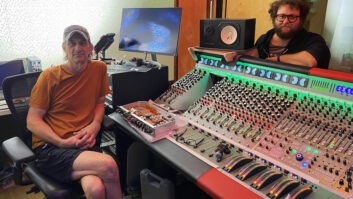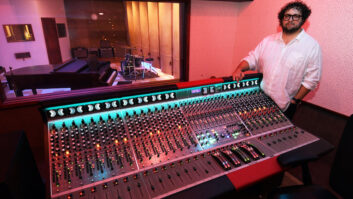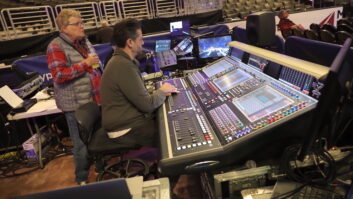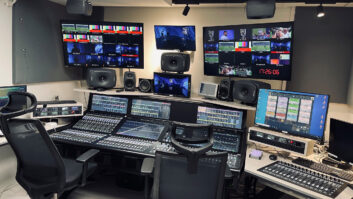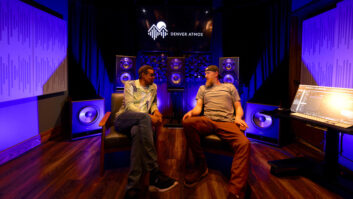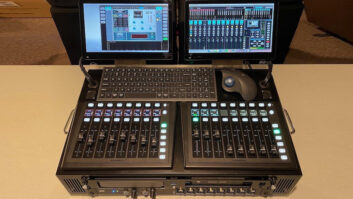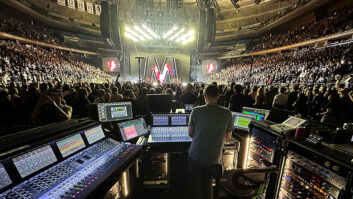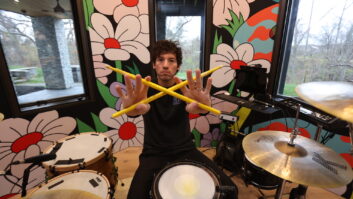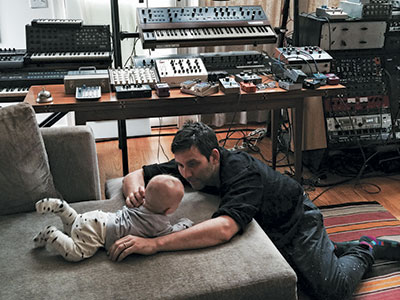
In the two decades Jamie Lidell has been releasing music, he has swung from abstract electronics to authentic soul. No matter the style, it has always been Lidell’s wonderfully warm voice that has been not just the connecting thread but the standout characteristic.
It took four years to complete his latest album, Building A Beginning, the first on his own Jajulin Records. Lidell worked in Coney Island Studios (Los Angeles), Red Bull Studios (New York City), and Sound Emporium Studios (Nashville)—where the ex-pat is based—but mainly in his home studio. “It’s better for me there than in a traditional studio,” says Lidell of this space where sketching and finishing always happens. “Even with its limitations, I feel I can control it. I like the weird DIY nature of having to work out which place sounds better to track. Its gives you something unique you can’t get in a big studio.”
It is here that Lidell cut his signature vocals—which on Building A Beginning are sounding more than ever like Stevie Wonder. Lidell borrowed a pair of 1961 short body U 47 microphones and worked them to death in a variety of ways. Selling his SSL E Series console, he brought in two UA 2100 and two Quad Eight 310 channel strips, as well as a Chandler Curve Bender. These he used in a number of combinations to get as dynamic as possible.
“The majority of the time I sat with the monitors and microphone so I could operate the computer while I was tracking,” he says. “I’d work late into the night, very relaxed in my chair, listening to takes, tones, my voice, taking my time and experimenting with ideas. I’m liable to go completely crazy and do far too many takes. There’ll be lines I’ll go over 30, 40, 50 times, but it’s not doing any good. It’s a combination of vocal technique, engineering and the psychology of myself.”
Lidell also used his voice to communicate his ideas to the viola, cello and harp players. He sang 10 different vocal lines, which he had transcribed into score. Recording a layer at a time, the string musicians switch places using three microphones to mimic the ambience of multiple players of the same instruments sitting in different locations of a room. This helped a great deal in making the overdubs sound genuine.
“I always make everything complicated,” Lidell admits. “I’d love to be in a position where I’m in one room with a set of instruments, hit record and that will be it. But it never seems to work out that way.”
